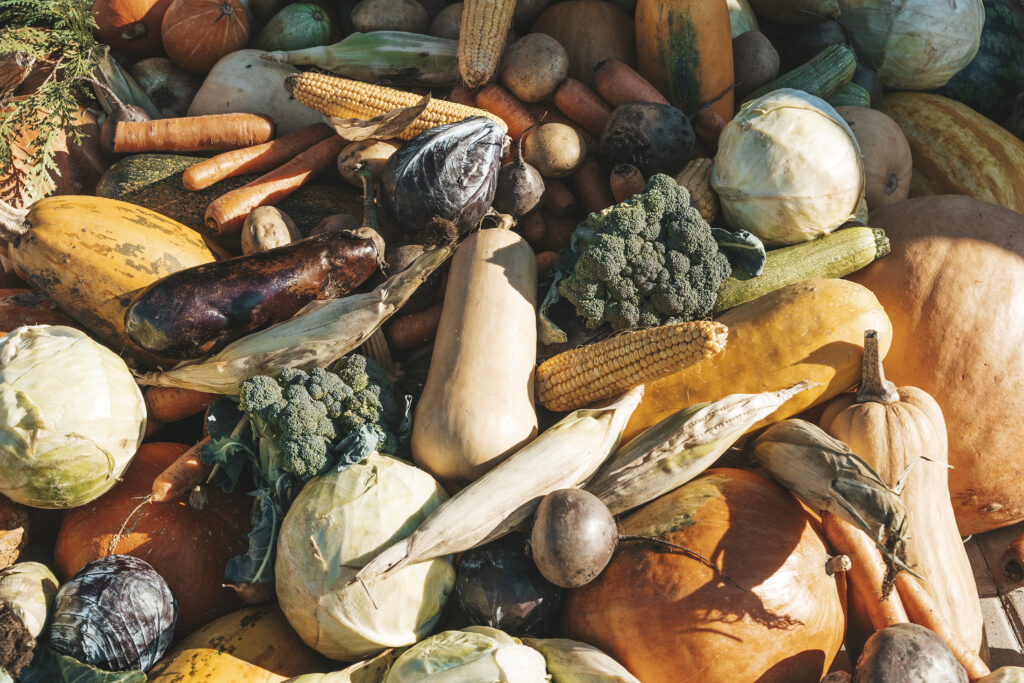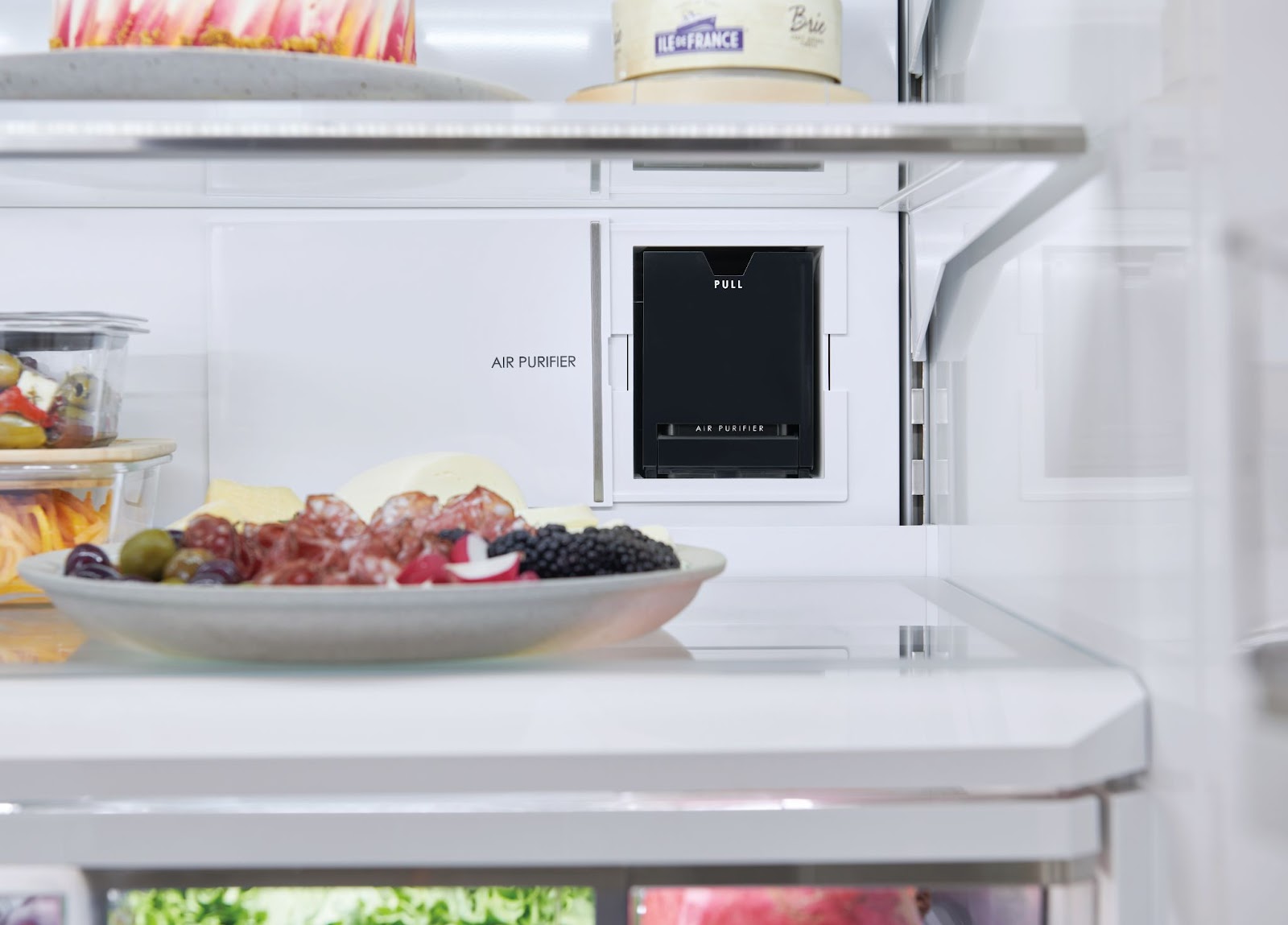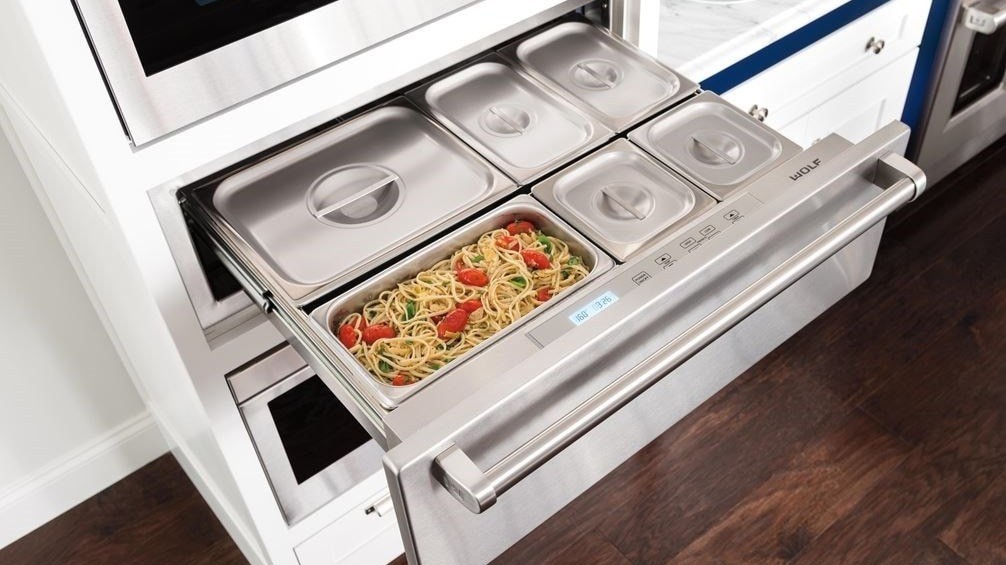Numerous facts about food waste occur throughout the world. According to the Food Waste Index Report 2024 by the United Nations Environment Programme (UNEP), about 783 million people were affected by hunger, and a third of humans in the world face food insecurity. While the fact, to the contrary, households worldwide wasted over 1 billion meals per day in 2022. This fact has captivated the attention of the globe for many years.
The Global Movement Against Food Waste is Taking Place
There are many social movements aimed at reducing food waste. For example, in 1987 the Slow Food movement was launched in response to the increasing fast-food culture, one of the major causes of food waste at that time. In 2008, the group on the Facebook platform, which later developed into the Stop Wasting Food NGO, was initiated by Selina Juul, an activist against food waste from Denmark. In 2012, an online platform that promoted Food Sharing succeeded in inviting people in Germany to share food items with fellow members. This became a movement that succeeded in saving 32 million kilograms of food in Germany until April 2020. By the time in 2019, the UN designated September 29 as the International Day of Awareness of Food Loss and Waste, and it’s now become the global movement against food waste.

These days, however, many people are becoming more concerned with managing raw materials for daily food consumption. Those who can feel it the most are chefs who have to be wise in using food ingredients so they only produce a little food waste.
Sub-Zero The Preservation Specialist
In 1945, Westye F. Bakke, founder of Sub-Zero, began working in refrigeration to find a better way to store insulin for his diabetic son. So he created the first freestanding freezer, which became the forerunner of innovation in food preservation. And, in 2008, we unveiled an air purification system using NASA technology that scrubs the air of odors and ethylene gas every 20 minutes. While the typical freezer or refrigerator combinations are freezers that pull cold, dry air from the freezer to adjust the refrigerator temperature. Which means that food doesn’t last long.
However, a good way to refrigerate food requires humidity to stay fresh and edible. Sub-Zero found that frigid and dry air remove the moisture from the food, accelerating spoilage as well. That’s why Sub-Zero refrigerators have 3 food preservation benefits.
First, with temperature control, the room conditioning will not reach extreme cold, which can harm food preservation. It will maintain a consistent, controlled temperature, which is essential for food to stay fresher longer, not spoil quickly, and without bacteria multiplying.

Second, Sub-Zero also provides the proper humidity to preserve flavor. Fresh food requires chilly, humid air, while frozen food requires frigid, dry air to remain in optimal condition. Third, and most importantly, Sub-Zero provides purified water. Most fresh foods produce ethylene, a naturally occurring compound that causes food ripening and spoilage. Apples, for example, emit ethylene gas. If you store carrots near apples, they will taste bitter. Additionally, ethylene gas can cause leafy vegetables, such as spinach and lettuce, to decay more quickly.
By taking advantage of these three benefits of Sub-Zero, you can both present food with natural freshness and help minimize food waste at home.
Check our article on our social platform.




